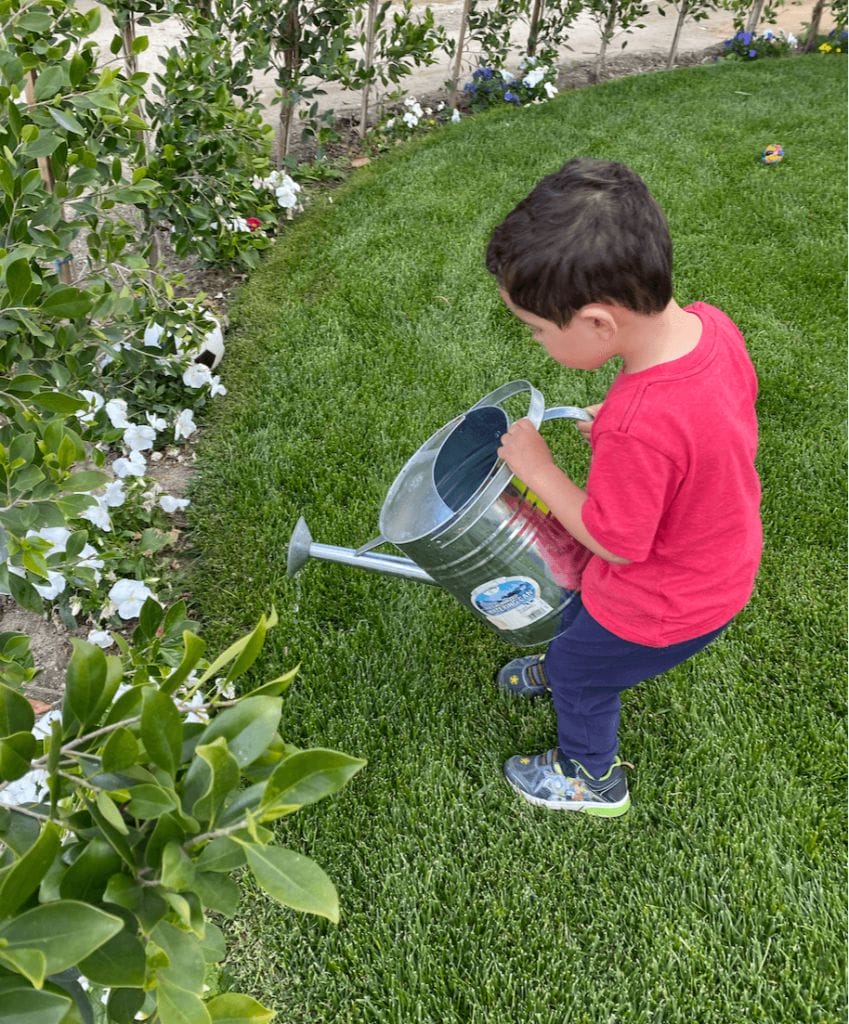This year, World Water Day lands on Monday, March 22. Less known to us than Earth day, World Water Day is an annual day of observance created by the United Nations. The first one was in 1993. It’s aim is to create global awareness on the importance of fresh water and sanitation.
Even though our regional struggles surrounding water do not compare to most other parts of the world, there is always more we can do to protect the availability of our limited water supply.
World Water Day has a large following around the world. Various people and organizations host Water Day events in the lead up to March 22. On the day itself, the UN World Water Development Report is released.

We believe that part of our mission here at Groundcare Landscape is to help conserve water. With that in mind, I have assembled some advice on the top three things that you can do to help save water in your landscape.
Scan for Malfunctions
Check your irrigation system for breaks or malfunctions. The most common problems are broken sprinklers and risers, as well as broken sprinkler valves. The best way to scan a system is to activate all irrigation zones, one at a time, in ascending order. Observe the sprinklers with the irrigated surface as well. Scan for water gushing out or pooling; this indicates a broken component.
Broken valves will often reveal themselves in one of two ways. 1) They will not activate after sending a command from the timer to do so; 2) You might see an irrigation line or sprinkler continually release water, usually at a lower rate. This is an indication that the valve is unable to shut down completely.
Configure Your Timer Properly
We find most landscapes are almost always overwatered. This is especially true if the landscape was installed in the past two or three years. Also, some properties never update watering frequency or duration as the seasons change. Most of the time landscapes are being watered on a summer schedule. Depending on the size of the landscape, this can cause hundreds or even tens of thousands of gallons in water waste.
It’s important to know your irrigation layout and the target vegetation. Turf areas and annuals require about the same watering frequency. Perennials can be watered less frequently. Bigger plants and trees need to be watered even less frequently, or not at all. Make sure you do some research or talk to a landscape professional on how much water your plants require before drafting new schedules.
Stay on Top of Modifications and Upgrades
Smart Wi-Fi timer controllers have become the most popular component to upgrade in an irrigation system. Smart timers can help save a significant amount of water, especially when paired with rain and flow sensors. Rain sensors allow timers to measure how much rain water was received at the property instead of a local weather station. Flow sensors will alert a homeowner or designated landscaper if there is unusual water use or breaks in the system.
Drip system planter retrofitting is also very common and has become the irrigating component of choice when watering shrubs in a landscape.
On August 14, 2020 the California Energy Commission created a new law with Resolution 19-0814-7. It mandates that all spray heads be pressure-regulated sprinklers effective October 1, 2020. We previously wrote about this. You can read it here. Since local retailers have stopped selling old sprinkler parts, now is a perfect time to begin planning to change out your sprinklers. It can be done one zone at a time.
We hope you can join us this Water Day in reflecting on all the ways having access to safe water improves our lives.
Looking ahead… Earth Day is April 22, exactly one month following Water Day. The theme is Restoring the Earth. If you know of any local projects that Groundcare Landscape could become involved with in observance of this day, please email me at alex@groundcareco.com.
#WorldWaterDay





